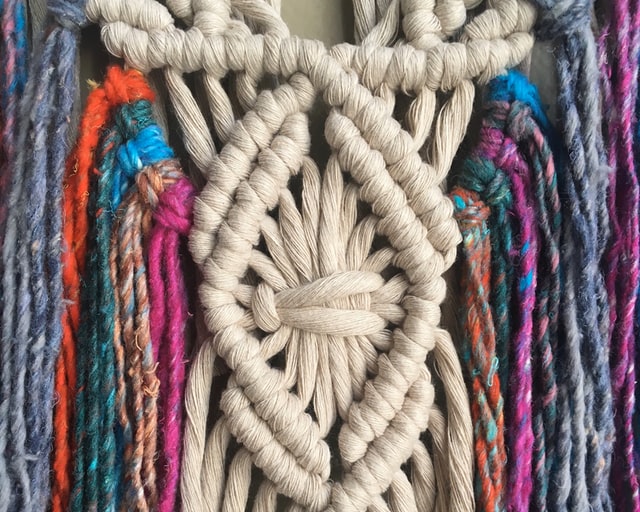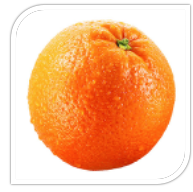Well Now Explorer January 2021
Live zoom session Mondays 07:00 – 8.30pm.https://us02web.zoom.us/j/85804373584
Meeting ID: 858 0437 3584 Passcode: 078019
Following on from our discussion on what makes a great learning group, here’s a short outline of pronouns, and ideas on how to ensure we’re inclusive.
Activity One
The Comfort Menu
In lesson one we went through the kindful eating cycle. I said that feeling safe was really important. I also said that curiosity and acceptance could help us process painful emotions. How instead of judging emotions, or ourselves, as ‘not ok’ and trying to fight things, we could be curious about what was going on and gentle with ourselves. Maybe you’ve tried this out?
In order to work with our emotions we first need to feel them. If we have had to cope with really difficult circumstances we may have learnt to shut down emotions to get through. This was a good move when your emotions were overwhelming as it helped you survive. But now it might get in the way of making sense of things and living well.
However, we can’t just decide to switch on the ability to notice our emotions. Instead, we need to get ourselves ready to notice them. A key part of this is knowing and feeling it is safe enough to notice our emotions now. Compassion can help us with this. Another thing that can help is not feeling powerless. This can include having things to turn to that help us manage our emotions.

This is where a comfort menu comes in. It’s simply a list of things you can use to comfort yourself. Sometimes comfort is distraction, sometimes comfort is soothing or treating ourselves, sometimes it’s expressing emotion, or connecting with people, pets, the earth, it might involve touch, sound, scent, it can be focused attention and more besides.
If food is the only thing we have on our comfort menu there’s a good chance that what we intend as comfort eating turns into distress eating.
Can you write yourself a comfort menu of ten or more ideas. Here’s some ideas to get you started:
- ?
- watch a comedy
- watch a weepy
- cuddle the cat
- stand under the night sky
- text a friend and arrange a zoom dance together
- have a shower with fancy products
- do a jigsaw
- ?
- ?
- ?
Here’s something to think about: would someone who feels at ease with food ever comfort eat?
What you are doing is letting yourself know on a deep level that you have choices now. Having choices means we are no longer powerless. This helps us feel safe. When we feel safe we can access body signals more usefully, and we can think more clearly. We are more able to choose to interrupt harsh self-talk with self-compassion.
Additional Resource
This video goes into some of the theory for building a 5 Senses Toolkit. It’s useful, but flawed. The Toolkit has room for chocolate, but apparently not ‘for a gallon of ice cream’. Just to say, if you need a gallon of ice cream, you need a gallon of ice cream, that’s A Fact.
Activity Two
The Hunger-o-meter

“What are the dashed lines for at the top of the scale on the teach sheet?”
Well spotted! Most people find that when life is easy to cope with, it suits their mood and energy levels if they stay between their 4 and 7. The dotted lines illustrate this range.
What I’m highlighting is “all things being equal, keeping within approximately 4 and 7 supports our wellbeing in the round”. Of course sometimes things are really really hard. The dotted lines are also there to make sure I mention that the range works for most people. It’s not for all people all of the time. Maybe you aim to keep yourself in another range because that’s your everyday living well range. You don’t need anyone’s permission or endorsement to do this. But just in case it’s helpful to know you have someone’s backing in this – that’s fine.
Activity Three
Strengthening the Compassion Muscle
Here’s the compassion muscle teach sheet to download.
Activity Four
Activity Five
Strengthening Body Awareness
Here’s two ideas for simple practices that help us with body awareness. If another section feels like a lot to get through, remember it’s fine to leave it.
Being able to recognise hunger, fullness, and satisfaction helps us directly when it comes to making sense of our eating.
There is also a more general sense in which getting in touch – literally – with our felt sense, even beyond hunger and fullness, helps us respond appropriately to what’s going on in our body. ‘Reading’ our bodies like this helps us trust ourselves at a deep level. When we feel able to trust ourselves we feel safe. When we feel safe we can think more clearly and act in keeping with our intent more often. We are more able to speak kindly ourselves when painful emotions or thoughts surface. If we have experienced trauma and are activated we are more able to ground ourselves.
All this means that noticing and naming body signals is an important part of the groundwork that supports us in feeling more at peace with food and safe in our bodies.
There’s several different ways we can connect to, and work with, body sensations.
Here’s two short and simple practices to try:
- Emotions O’clock – Can you ask yourself “How am I feeling?” a few times on the hour throughout the day. Here’s a list to help you find nuance.
- Breathe in for the count of five, breathe out for the count of five (or any number that feels comfortable). Practice a few rounds of this a few times a day. It can help us feel more present with ‘now’.

Activity Six
Fancy That?
What did you learn about food restriction from the magic biscuit activity?
Who is more likely to ‘tidy up’ the cake even if they’re super full – the dieter or the person who isn’t dieting?
Let’s imagine I really fancied some cheese toast but didn’t let myself eat this because I labelled it ‘bad’ or ‘unhealthy’. Maybe I told myself it was too fatty, or salty, or high calorie or whatever. Instead I told myself I should eat an orange, that I labelled as ‘good’ and ‘healthy’.
How would I feel?
I think I’d feel dissatisfied and deprived. Hungry too.
What might happen next?
I might eat several oranges – and then some cheese on toast, feeling guilty, really fast, and not enjoying it.
If I’d let myself eat the cheese on toast, how might this be different?
Here’s a Scientific Fact: “No amount of oranges will fill a cheese on toast shaped hole”.
But you already knew that, right? The activities are helping you to uncover what you already know by suggesting ways to let go of beliefs and rules that block this knowing.
Making all foods morally ok is called legitimising foods.

How does it feel reading this?
If you use food categories at the moment, what are your criteria?
Can you imagine experimenting with expanding what goes in the ok category? Or trying a day without categories? Or even letting go of them altogether? We categorise foods to make eating feel safe, so be curious and go gently in exploring any changes.
Remember, whatever you eat you are worthy of love and deserving of respect. Well done for reading this far, you’re doing great
Activity Seven
A Reminder to Go Gently
Remember, some of these questions might land deeply and feel unsettling. It’s fine to be unsettled – we need this for change to happen. It’s also true that there’s a point at which we can be too unsettled to engage with learning, which clearly isn’t helpful. We need a steady place in ourselves to return to (the body awareness exercises will help with this) as we adjust to new ways of being with food, emotions, knowledge and so on. 
The most important thing for the learning and healing that’s happening here is that you explore your feelings and beliefs. This means being able to engage, and this means pacing yourself. Don’t worry about doing everything that’s suggested, amount doesn’t matter. It’s more important that you can be present with whatever you do, even for a short time and even for a tiny amount.
Last question, what are you looking forward to? Have you got any treats planned? If not, now is a great time to put something in your diary!
See you soon ~

